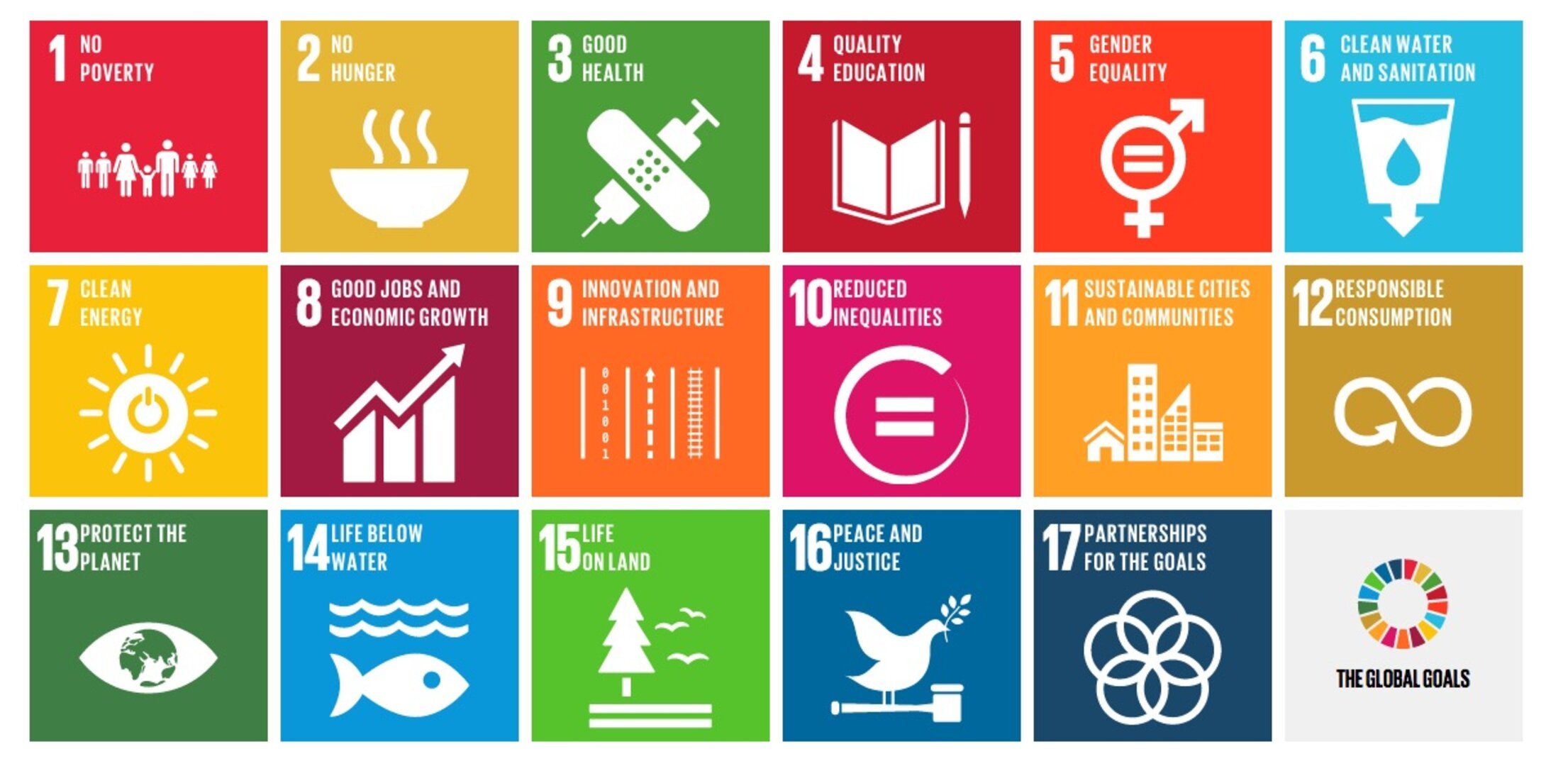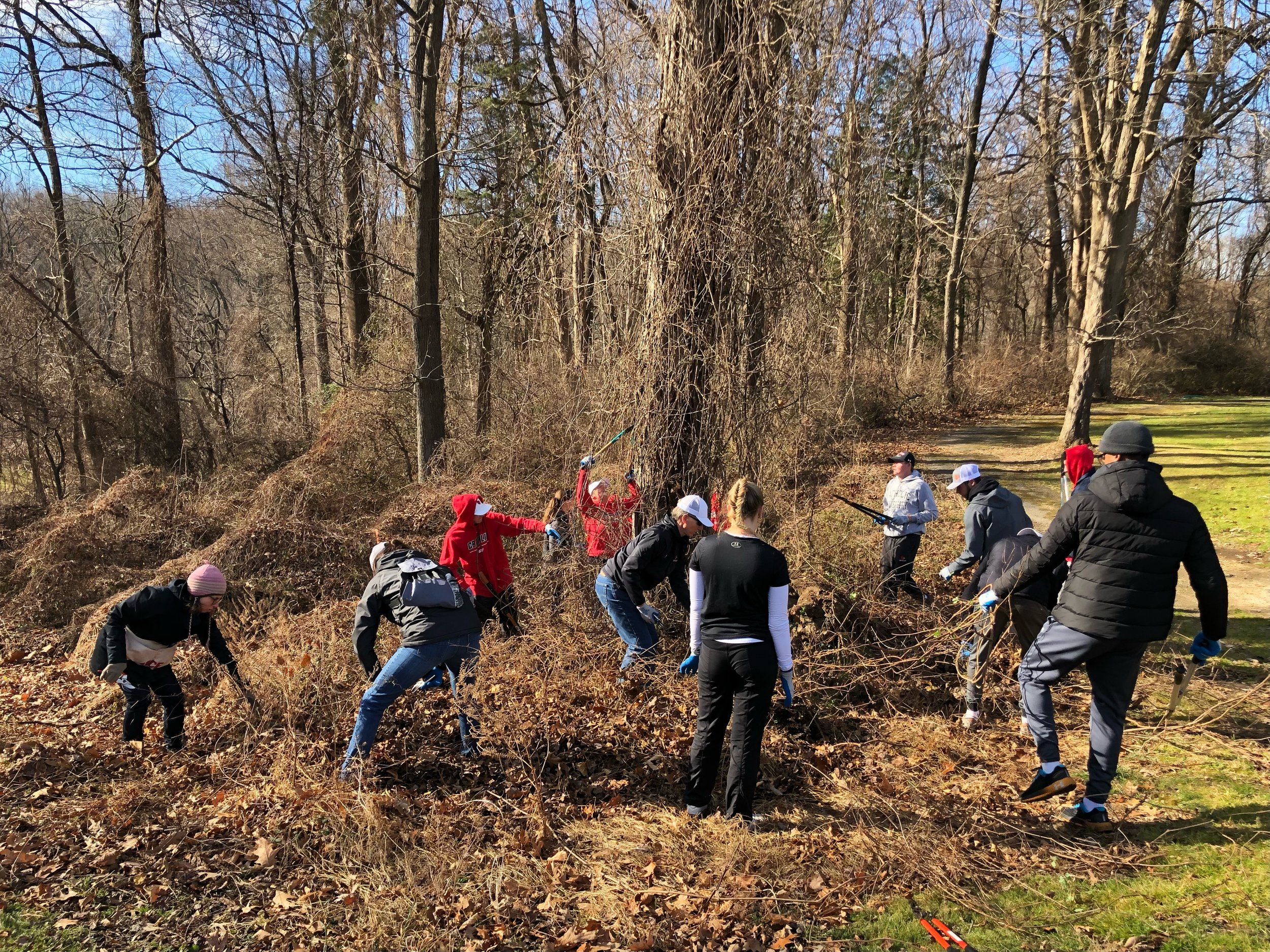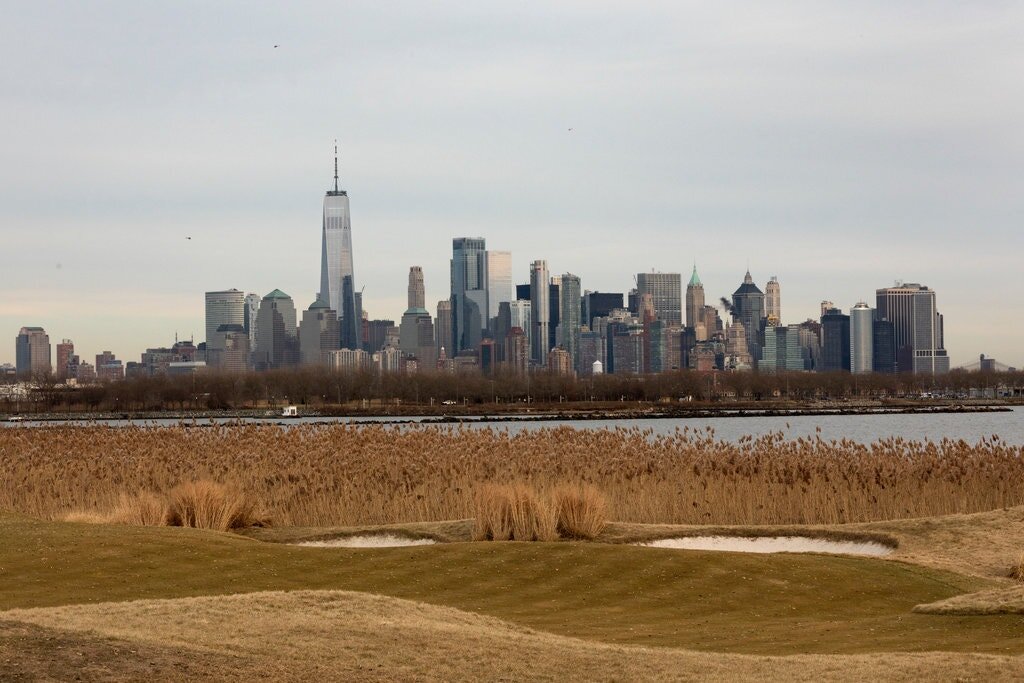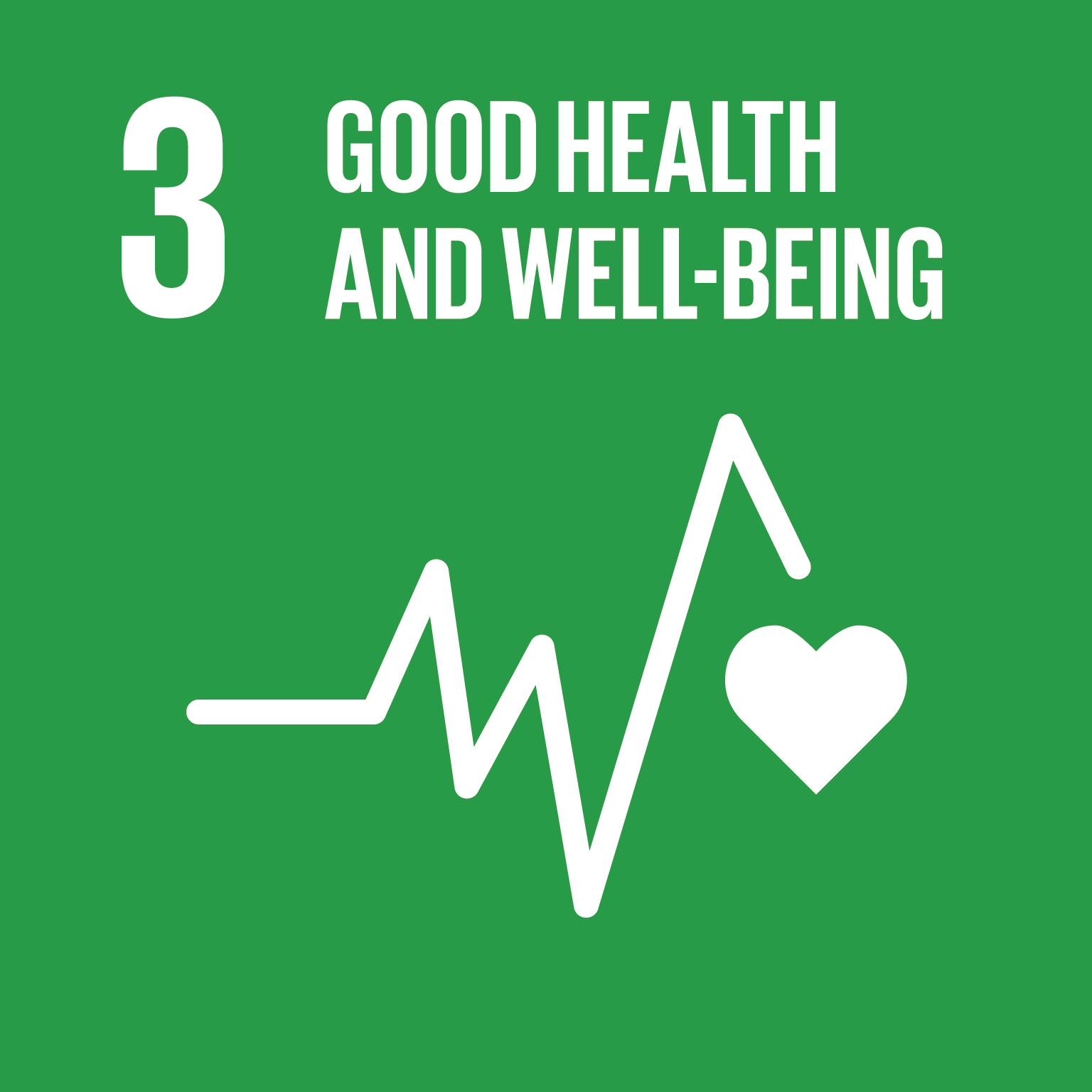
Driving the Green Blog
Diversity and Inclusion in Golf
Providing equity-focused, eco-driven, and exceptional golf is the mission of Corica Park Golf Course (municipal golf course for the City of Alameda just outside of Oakland, CA). Andre connected with Tamara Sabella, Director of Community Engagement for Greenway Golf, to discuss how golf plays a role in leading the integration of urban communities.
As the following conversation discusses, ecology and economy share the root word “eco”, which means “home” or “place to live”. At the root of municipal systems and urban environments is the shared desire among stakeholders to collaborate on more harmonious ways of living. Green Mechanics uses data and natural flows to facilitate life in urban environments. Enjoy Andre’s conversation with Larry Davis of Green Mechanics!
Wouldn’t it be great if more people could benefit from playing golf? In the U.S., still only 25% of on-course golfers are women. Katie Veasey shares her firsthand perspectives on gender equity in golf as a female golfer.
The game of golf trains us in the paradigms and mindsets needed to solve global challenges and heal systems at scale. It’s taught me lessons that remain practical, personal, relational, as well as spiritual.
Langston Golf Course in Washington, D.C. hosted a GCSAA First Green event in conjunction with National Golf Day. The program is an innovative educational initiative that combines golf and environmental stewardship to provide hands-on learning experiences for students. Through field trips to local golf courses, students get the opportunity to learn about various aspects of golf course management and environmental sustainability. They participate in activities that showcase the tools and methods used by golf course superintendents to manage golf courses while emphasizing the importance of environmental conservation and the role golf courses play in preserving natural resources, managing ecosystems, and promoting biodiversity.
The PGA of America is one of golf’s biggest and oldest governing bodies and with over 29,000 worldwide members (about 23,000 in the US) who manage and operate golf courses while growing participation in the game. However, of the 29,000 members, fewer than 10% of them are women and less than 1% are African American. In this issue of Sustainability Spotlight series, we dive into the PGA of America’s initiatives to build a more diverse and inclusive golf professional workforce.
Golf can address a key disparity among Black and White Americans. The COVID pandemic resulted in hospitalization rates among African-Americans more than double that of the overall population. Golf can address (and already does address) key factors that lead to general health disparities among racial groups in America.
Martin Luther King, Jr. Day is the only federal holiday dedicated as a National Day of Service. Volunteering and offering community service functions as a tangible way to celebrate the life and legacy of one of our country’s most important civil rights leaders. In Washington, D.C., we are bringing Dr. King’s vision of The Beloved Community to life through acts of service at municipal golf courses.
Inja Fric is a rising senior on the NC State Women’s Golf Team. She is also an EcoAthlete and leader of the NC State student-athlete sustainability group. We invited her to share her sustainability story and how she is working to make a difference in her community.
The first annual National Links Trust ‘Symposium on Municipal Golf’ was held November 8-9, 2021 in Washington, DC. This exclusive recap discusses the takeaways, obstacles and goals emerging from this inaugural event as the golf industry works hard to preserve and reimagine the possibilities for municipal golf facilities.
We recently connected with Agustín Pizá, world-renowned and award-winning golf course architect. He’s a heart full of fire and passion, unafraid to put some soul into his work. He also has a head full of knowledge, expertise, and ideas, so we considered ourselves fortunate to pick his brain on topics like the accessibility of golf, oneness with nature, and the future of the game.
Over the next three weeks, the PGA TOUR 2020-21 season will come to a close with the postseason tournament series known as the FedExCup Playoffs. So for the next installment of our Sustainability Spotlight series, we shed light on and dive into the sustainability successes and struggles of each of the three tournaments within this end of the year playoff series.
Afforestation sequesters 4.7 tons of CO2 per hectare per year and is one of the best proven methods of carbon capture. So how can golf and the agroforestry industry collaborate on carbon capture initiatives? We sat down with Audrey Epp Smith and Harrison Greene of Propagate Ventures to learn more.
Sustainability, especially when it comes to golf, is often viewed as strictly an environmental cause, which is quite understandable given the nature of the relationship between golf courses and the surrounding environment. However, the development of partnerships with local community organizations is key to embracing and maximizing one’s social sustainability impact. A shining example of this can be found in Dallas, TX between the AT&T Byron Nelson and the Spruce Dawg Alumni Nonprofit Organization.
We sit down with Steve Newman, Group Sustainability Director of Banyan Tree Hotels & Resorts, to discuss how a sustainable business can align differing stakeholder needs in a direction that is cohesive to the organization’s core values and purpose in both the short-term (25 years) and long-term (250 years).
Diversity arises naturally within ecosystems to maintain balance and harmony; it’s time for golf and human civilization as a whole to follow.
Active Giving is a free health and fitness mobile app that tracks and converts your physical activity into contributions to social and environmental projects.
If we could immediately solve just one of the United Nations’ seventeen Sustainable Development Goals, what would that be? Data suggest that golf might already contribute to solving the most important goal: Good Health and Well-Being.



















Each team member of Driving the Green shares what MLK Day means to them, along with their experiences of how golf brings that value to life, carrying forward the legacy and dream of MLK.